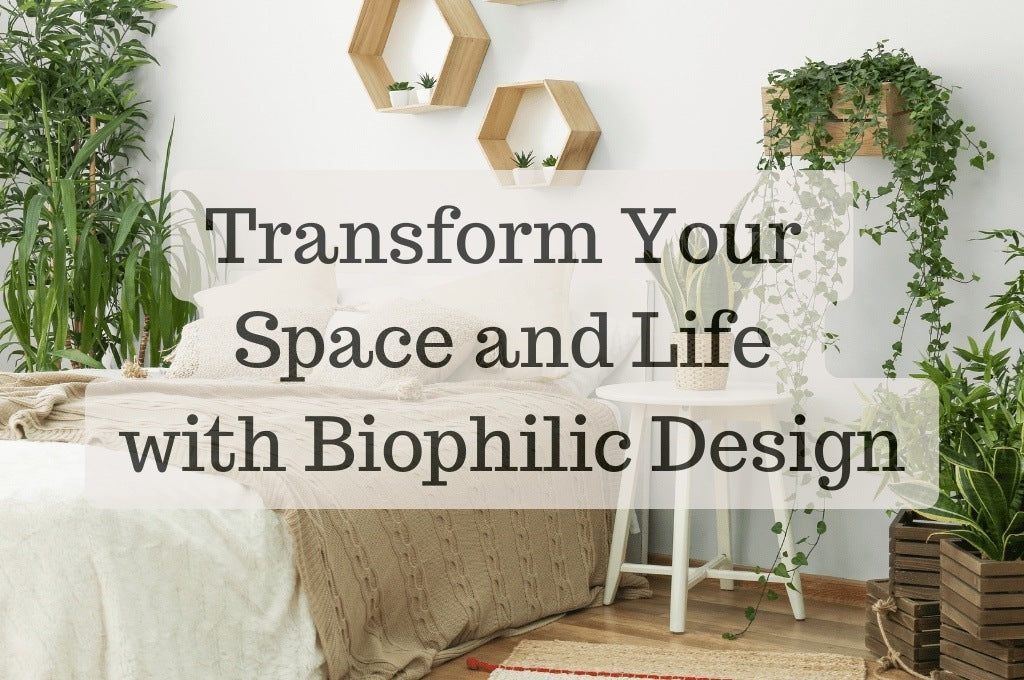In the dynamic world of interior design, a captivating trend has been steadily gaining momentum – biophilic design. From urban spaces to suburban sanctuaries, the concept of integrating nature into our interiors is becoming more than just a passing craze. Let's embark on a journey to unravel the essence of biophilic design, its core principles, the significance of biophilic materials, and why it's capturing the hearts of designers and homeowners alike.
What is Biophilic Design?
Biophilic design is more than just adding a potted plant or two; it's about forging a deep connection between nature and our built environment. This design approach aims to incorporate natural elements like light, greenery, water, and natural materials into spaces to foster a sense of well-being and harmony.
Biophilic Design Principles:
- Environmental Features: Incorporating natural elements like water features, indoor plants, and natural materials that resonate with the surrounding environment.
- Natural Shapes and Forms: Embracing organic shapes, curves, and contours inspired by nature in architectural elements and furnishings.
- Natural Patterns and Processes: Integrating fractals, biomimicry, and intricate patterns found in nature into the design scheme.
- Light and Space: Harnessing natural light and utilizing spatial design to replicate outdoor experiences indoors.
- Place-Based Relationships: Establishing a connection with the local environment and culture, integrating elements that evoke a sense of place.
- Evolved Human-Nature Relationships: Encouraging interaction and engagement with nature within interior spaces, fostering a sense of stewardship and respect.
Biophilic Materials:
In the realm of biophilic design, materials play a pivotal role in recreating a natural ambiance. From FSC-certified wood and bamboo, echoing the essence of sustainable forestry, to the tactile elegance of linen and the versatility of cork, each material contributes to the biophilic experience. Additionally, ceramics, with their earthy textures and eco-friendly production processes, seamlessly merge functionality with aesthetics, amplifying the connection to the natural world.
Benefits of Biophilic Design:
The benefits of embracing biophilic design are manifold. It has been proven to reduce stress, enhance productivity, and promote a sense of tranquility and overall well-being. Additionally, biophilic design can improve air quality, regulate temperature, and create more inviting and visually appealing spaces.
As the world leans towards sustainable living and a deeper connection with nature, biophilic design emerges as a compelling trend in interior design. By integrating natural elements and materials like cork, designers and homeowners are creating spaces that not only look stunning but also contribute to our well-being and the planet's health. Embracing biophilic design isn’t just about aesthetics; it’s a testament to our inherent need for harmony with nature in the spaces we inhabit.
Explore OakViva collection of cork home decor products to add to your biophilic design project. Cork stands out as a prime example of a biophilic material due to its sustainable nature and versatility. As an interior design element, cork embodies the essence of biophilia, offering a connection to nature while adding texture, warmth, and functionality to spaces. From cork walls to flooring and decor accents, its presence enhances the biophilic experience within interiors.

